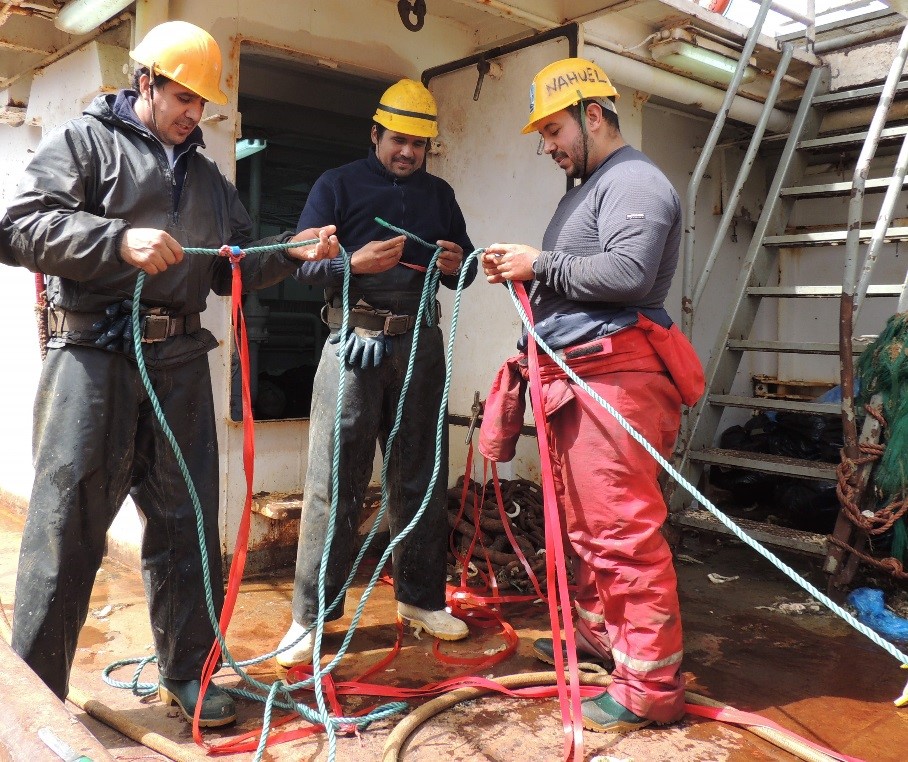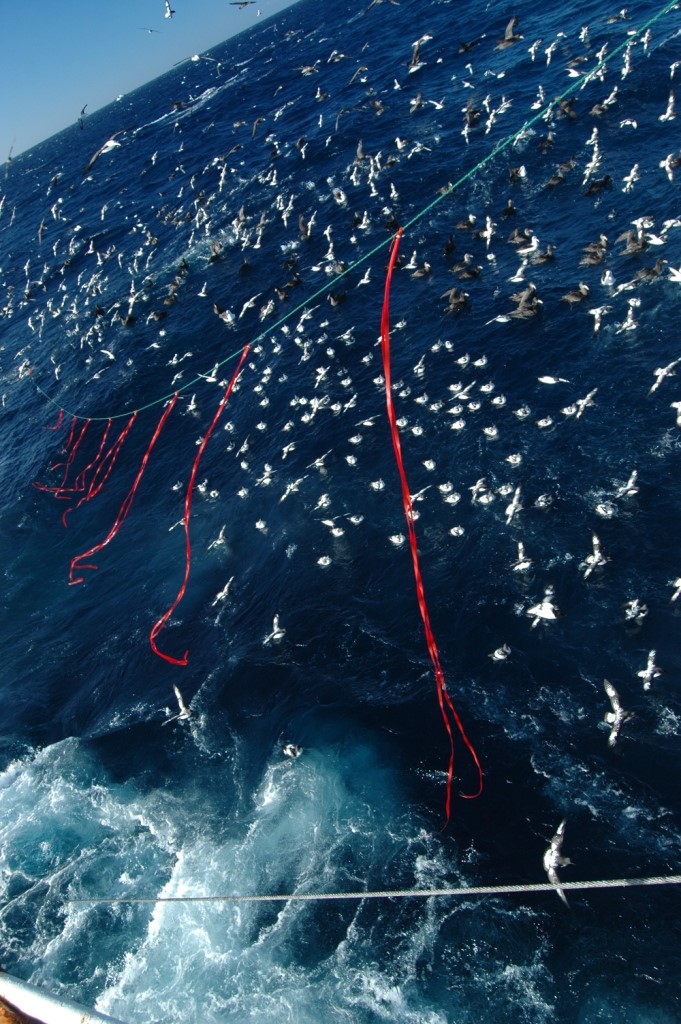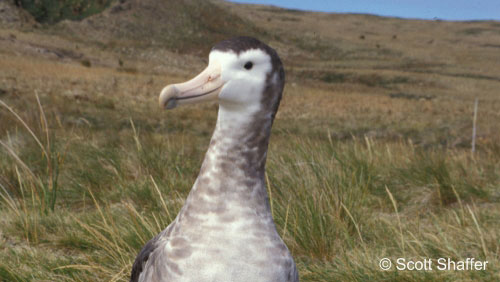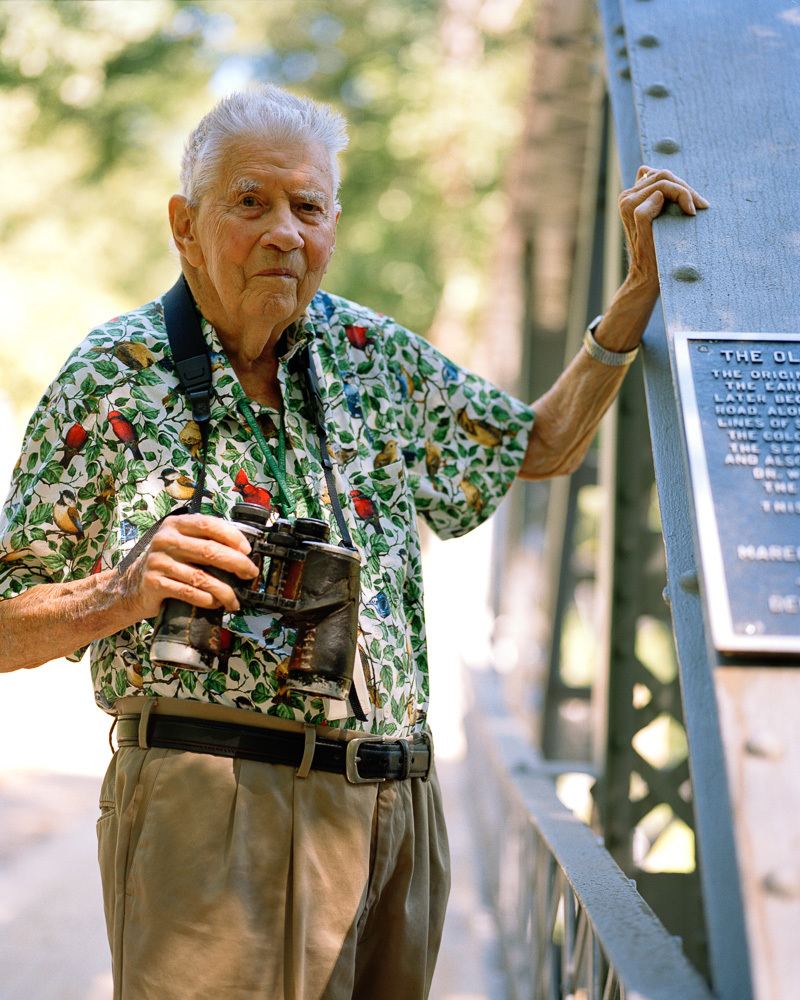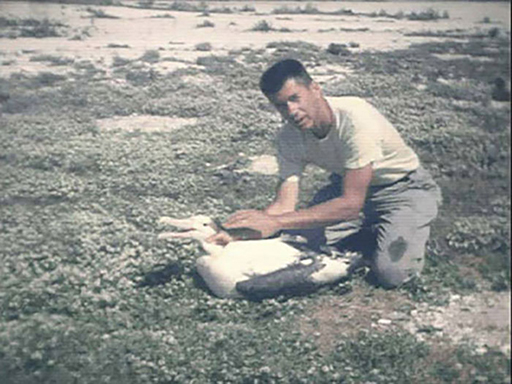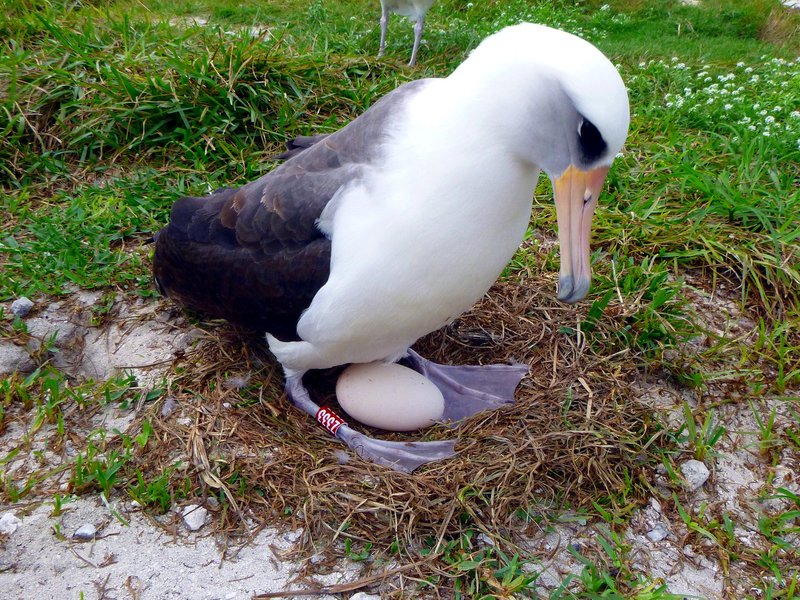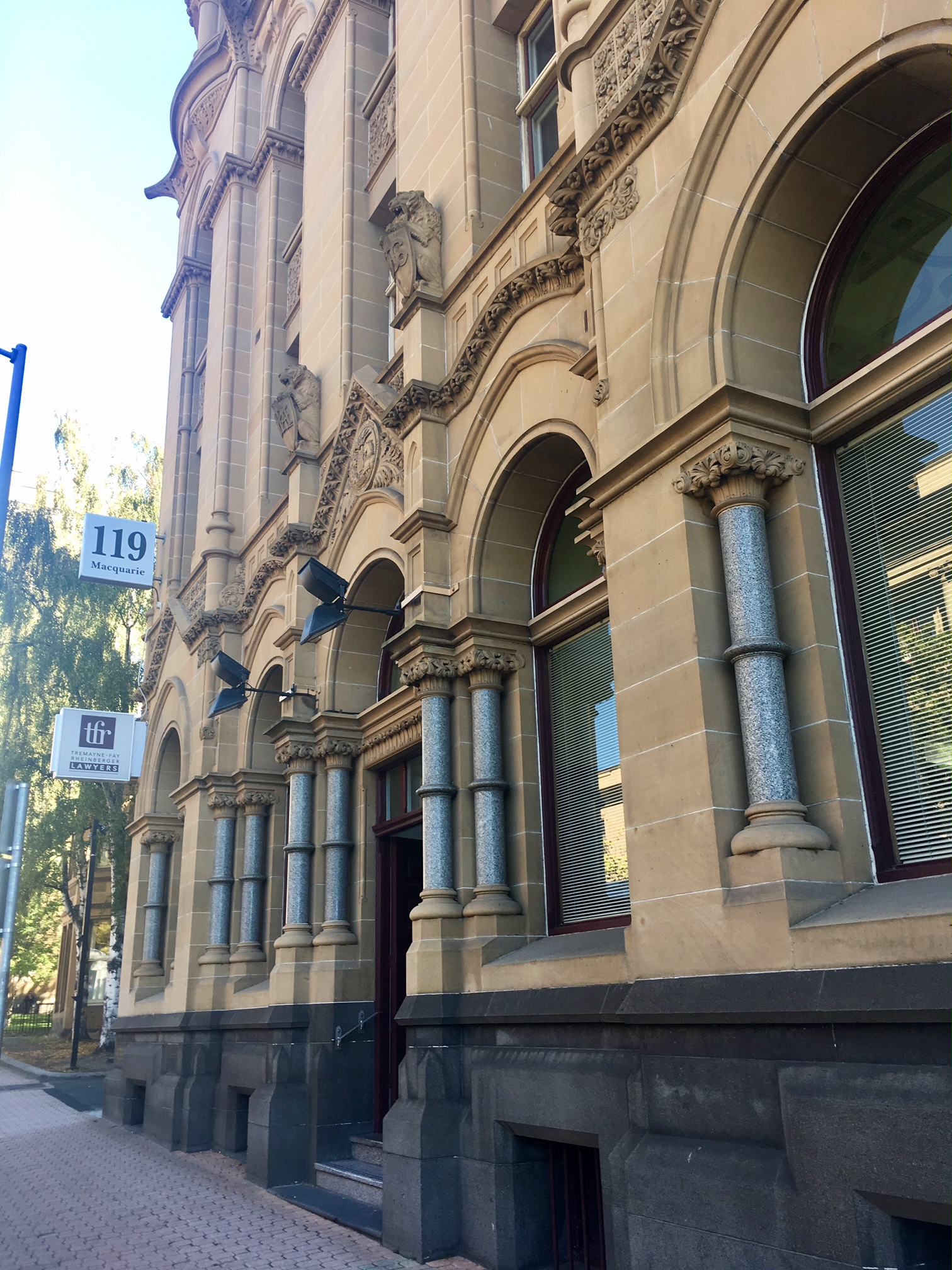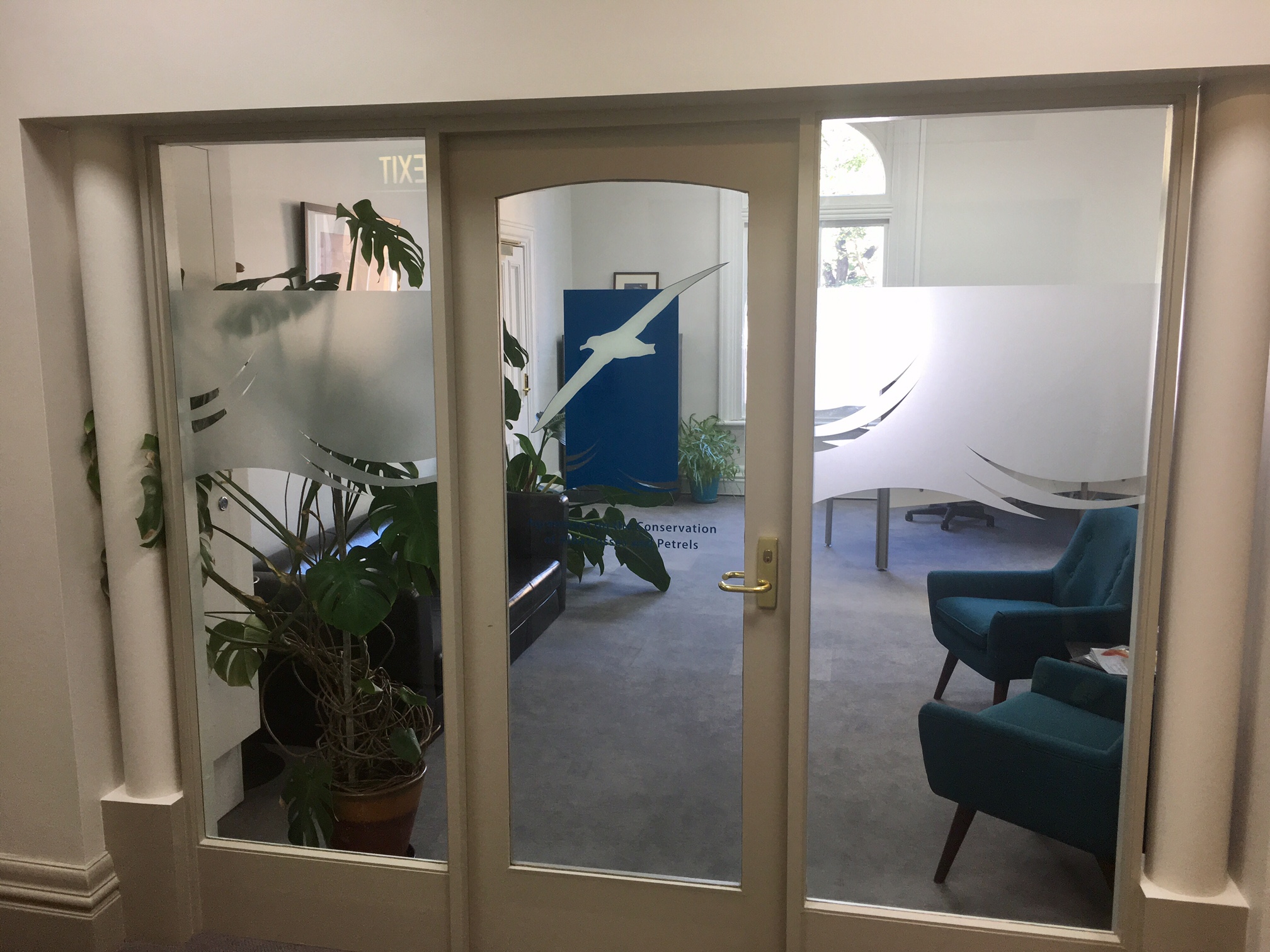Yves Cherel (Centre d’Etudes Biologiques de Chizé, Villiers-en-Bois, France) and colleagues have published open access in the journal Marine Ecology Progress Series comparing diets of Wandering Albatrosses Diomedea exulans at the French Crozets and Kerguelen.
The paper’s abstract follows:
“Feeding ecology and isotopic niche of the wandering albatross Diomedea exulans were investigated in the poorly studied population on the Kerguelen Islands and compared to that on the Crozet Islands. Fish (48% by mass) and cephalopods (46%) were similarly important in chick food at Kerguelen, while cephalopods (87%) dominated the diet at Crozet. Fish prey included mainly deep-sea species, with the Patagonian toothfish Dissostichus eleginoides being the main item. Cephalopod beaks were identified, most of which were from adult oceanic squids. Albatrosses preyed upon the same taxa at both localities, but in different proportions. Histioteuthis atlantica (30% by number), Galiteuthis glacialis (13%), and Kondakovia longimana (10%) were the main squid prey at Kerguelen, while K. longimana (35%) and H. eltaninae (23%) dominated at Crozet. Chick feather δ15N values were higher in wandering albatrosses than in other oceanic seabirds of the 2 communities, indicating that the wandering albatross is an apex consumer together with the sperm whale and sleeper shark that have similar δ15N values. Satellite-tracked wandering albatrosses foraged in local subantarctic waters and farther north, with some Crozet birds overlapping with those from the Kerguelen population in western Kerguelen waters. Anthropogenic items (e.g. plastic fragments, hooks) were found in half the food samples. All fishery-related items were from the local toothfish fishery. The high number of hooks from Crozet indicated the presence of a fairly large number of illegal longliners in the area during the Austral winter 1998. A review of the feeding habits of Diomedea spp. highlights the need for more dietary investigations to achieve effective conservation and management of this endangered group of charismatic seabirds.
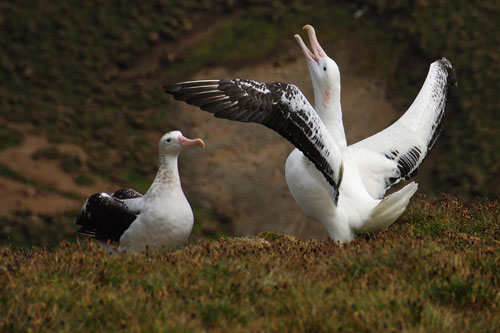
Wandering Albatrosses display, photograph by Rowan Treblico
Reference:
Cherel, Y., Xavier, J.C., de Grissac, S., Trouvé, C. & Weimerskirch, H. 2017. Feeding ecology, isotopic niche, and ingestion of fishery-related items of the wandering albatross Diomedea exulans at Kerguelen and Crozet Islands. Marine Ecology Progress Series 565:197-215. https://doi.org/10.3354/meps11994.
John Cooper, ACAP Information Officer, 29 March 2017

 English
English  Français
Français  Español
Español 